Home>Renovation & DIY>Home Renovation Guides>What Is A Good Size For A Sunroom
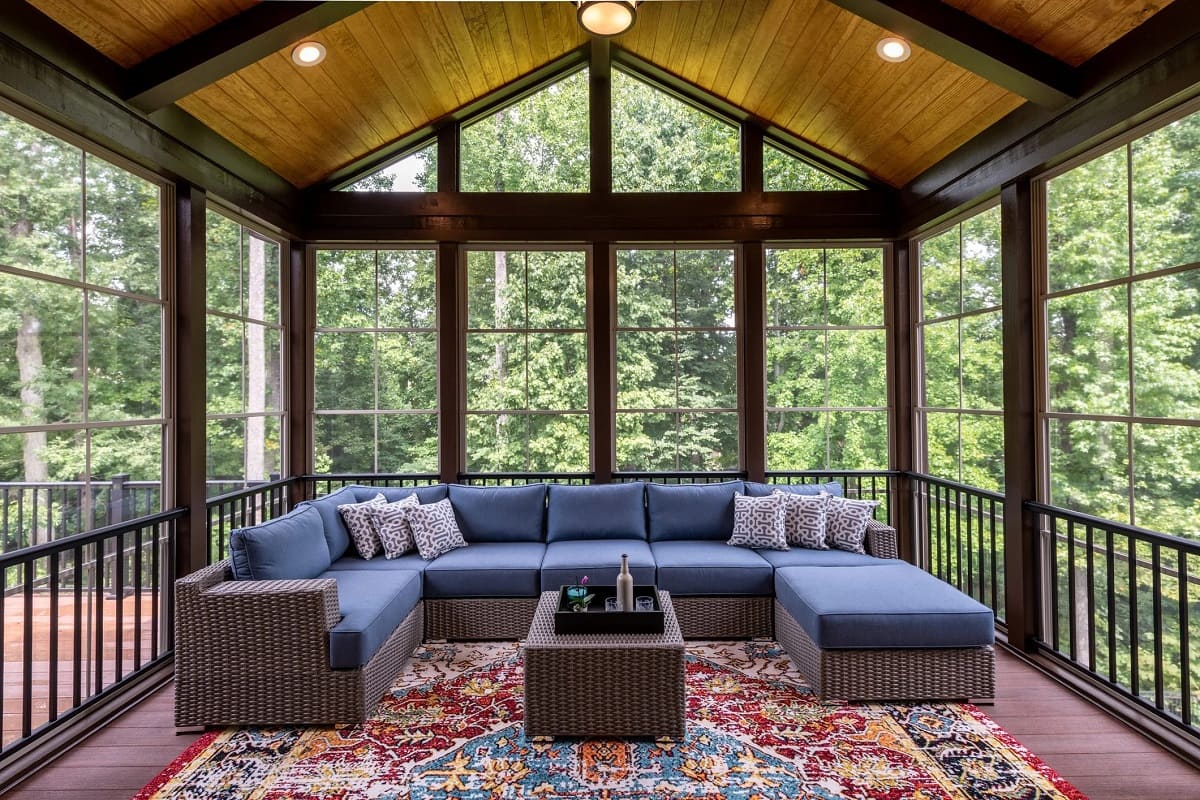

Home Renovation Guides
What Is A Good Size For A Sunroom
Modified: January 26, 2024
Discover the ideal size for a sunroom in this comprehensive home renovation guide. Find expert tips and advice for your next project. Explore now!
(Many of the links in this article redirect to a specific reviewed product. Your purchase of these products through affiliate links helps to generate commission for Storables.com, at no extra cost. Learn more)
Introduction
So, you're considering adding a sunroom to your home. That's a fantastic idea! Sunrooms are versatile and can serve as a peaceful retreat, a cozy entertainment space, or a bright and airy dining area. They allow you to enjoy the beauty of the outdoors while being sheltered from the elements. One of the key decisions you'll face when planning your sunroom is determining the right size for your needs. A well-designed sunroom can enhance your home's aesthetic appeal and provide a comfortable space for relaxation and entertainment. In this guide, we'll explore the factors to consider when choosing the size of your sunroom, common sunroom dimensions, and how to determine the perfect size for your specific requirements. Whether you envision a petite sun-soaked nook or a spacious, light-filled extension, we'll help you find the ideal dimensions for your sunroom. Let's dive in and explore the world of sunroom sizes!
Key Takeaways:
- Choose the right sunroom size by considering its purpose, available space, furniture needs, natural light, and architectural harmony. Custom dimensions offer flexibility for a cozy retreat or spacious entertainment area.
- When adding a sunroom, balance practical needs with creative vision. Consider factors like intended use, available space, and architectural harmony to create a space that brings joy and comfort to daily life.
Read more: What Is A Good Living Room Size
Factors to Consider
When determining the size of your sunroom, several factors should influence your decision. Understanding these considerations will help you create a sunroom that seamlessly integrates with your home and meets your lifestyle needs:
- Intended Use: Consider how you plan to use the sunroom. Will it serve as a tranquil reading nook, a dining area for entertaining, a playroom for children, or a space for indoor gardening? The intended use will dictate the necessary size and layout.
- Available Space: Assess the available area for the sunroom. Consider the layout of your property and the potential placement of the sunroom. Take into account any architectural constraints, such as existing windows, doors, and structural elements.
- Architectural Harmony: Aim for architectural harmony by ensuring that the sunroom complements the style and proportions of your home. The size and design should blend seamlessly with the existing structure, enhancing the overall visual appeal.
- Regulations and Permits: Familiarize yourself with local building codes, zoning regulations, and permit requirements. Some jurisdictions have specific guidelines regarding the size and placement of sunrooms, so it’s essential to adhere to these regulations.
- Orientation and Sunlight: Consider the orientation of the sunroom in relation to the sun’s path throughout the day. This will influence the amount of natural light the space receives and can impact the overall comfort and usability of the sunroom.
- Budget: Your budget will play a significant role in determining the size of the sunroom. Larger sunrooms generally require more materials and labor, so it’s crucial to establish a budget and assess the feasibility of your desired dimensions.
By carefully considering these factors, you can make informed decisions when selecting the size of your sunroom, ensuring that it aligns with your practical needs, aesthetic preferences, and budgetary constraints.
Common Sunroom Sizes
Sunrooms come in a variety of sizes, offering homeowners the flexibility to choose dimensions that best suit their requirements. While custom sizes are always an option, there are several common sunroom dimensions that are popular for their versatility and functionality:
- 8′ x 10′: This compact sunroom size is ideal for creating a cozy nook or a small dining area. It’s perfect for homeowners with limited outdoor space who want to add a touch of sunlight and nature to their home.
- 10′ x 12′: Slightly larger than the 8′ x 10′ size, this dimension offers a bit more space for seating arrangements, indoor plants, or a compact entertainment area. It provides a comfortable setting for intimate gatherings or quiet relaxation.
- 12′ x 16′: A popular choice for medium-sized sunrooms, this dimension offers ample space for versatile usage. It can accommodate larger furniture pieces, a dining set, and additional amenities while retaining a cozy atmosphere.
- 14′ x 18′: This size provides a generous area for creating a multifunctional sunroom. It allows for various layout options, including separate seating areas, dining spaces, and space for indoor activities.
- 16′ x 20′: Considered a spacious option, this size is suitable for homeowners who desire a roomy sunroom with plenty of space for furniture, greenery, and entertainment setups. It offers a light-filled retreat with ample room for diverse uses.
These common sunroom sizes serve as a starting point for homeowners to envision the possibilities for their sunroom dimensions. While these dimensions are popular, custom sizes can be tailored to fit specific preferences and spatial requirements. Whether you prefer a petite sun-splashed alcove or a sprawling sunroom with panoramic views, the size options are flexible and adaptable to various needs.
A good size for a sunroom is typically around 100 to 300 square feet. This allows for enough space to comfortably fit furniture and enjoy natural light without feeling cramped.
Determining the Right Size for Your Sunroom
Choosing the right size for your sunroom involves a thoughtful assessment of your lifestyle, practical needs, and aesthetic preferences. To determine the ideal dimensions, consider the following steps:
- Define the Purpose: Begin by defining how you intend to use the sunroom. Will it primarily serve as a relaxation space, an entertainment area, a dining room, or a combination of these functions? Understanding the primary purpose will guide the size and layout requirements.
- Assess Available Space: Evaluate the available space for the sunroom. Consider the dimensions of the area where you plan to build the sunroom and take note of any architectural constraints, such as existing doors, windows, or structural elements.
- Consider Furniture and Layout: Envision the furniture and layout you plan to incorporate into the sunroom. If you intend to include a dining table, seating area, and additional amenities, ensure that the dimensions can comfortably accommodate these elements without feeling cramped.
- Maximize Natural Light: Take into account the orientation of the sunroom and the desired amount of natural light. If you prefer a sun-drenched space, consider the placement and size of windows, as well as the impact of sunlight throughout the day.
- Architectural Harmony: Strive for architectural harmony by ensuring that the size and design of the sunroom complement the existing structure of your home. The proportions and style should seamlessly integrate with the overall architecture.
- Consult with Professionals: Seek guidance from experienced professionals, such as architects, designers, or sunroom specialists. Their expertise can provide valuable insights into optimizing the size and layout to meet your specific needs.
By carefully considering these steps, you can determine the right size for your sunroom, creating a space that aligns with your vision and enhances your home’s functionality and aesthetic appeal. Whether you opt for a cozy retreat or a spacious extension, the perfect sunroom size will enrich your living experience and bring the beauty of the outdoors inside.
Conclusion
Choosing the right size for your sunroom is a pivotal decision that can transform your living space and elevate your enjoyment of your home. By carefully considering factors such as the intended use, available space, architectural harmony, regulations, and budget, you can make informed choices that result in a sunroom that seamlessly integrates with your lifestyle and enhances your home’s appeal.
While common sunroom sizes provide a starting point for envisioning the possibilities, custom dimensions offer the flexibility to tailor the sunroom to your specific needs and preferences. Whether you seek a cozy nook for quiet reflection, a versatile entertainment space, or a light-filled dining area, the right size can bring your vision to life.
Ultimately, the process of determining the right size for your sunroom involves a balance of practical considerations and creative envisioning. It’s an opportunity to craft a space that invites the outdoors in, bathes your home in natural light, and provides a sanctuary for relaxation and enjoyment.
As you embark on the journey of adding a sunroom to your home, remember that the perfect size is the one that aligns with your unique lifestyle and brings joy and comfort to your daily life. Whether it’s a petite sun-soaked retreat or a spacious extension that blurs the boundaries between indoors and outdoors, your sunroom size can become a cherished oasis within your home.
Frequently Asked Questions about What Is A Good Size For A Sunroom
Was this page helpful?
At Storables.com, we guarantee accurate and reliable information. Our content, validated by Expert Board Contributors, is crafted following stringent Editorial Policies. We're committed to providing you with well-researched, expert-backed insights for all your informational needs.
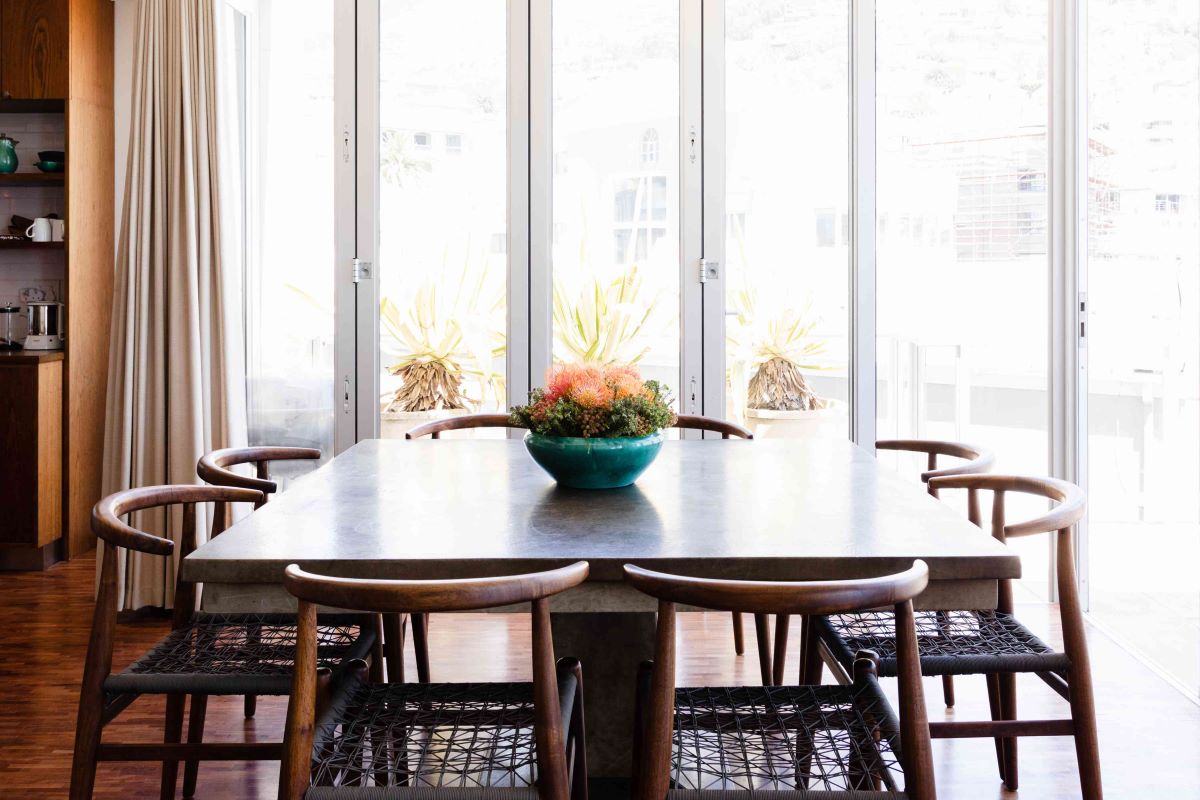
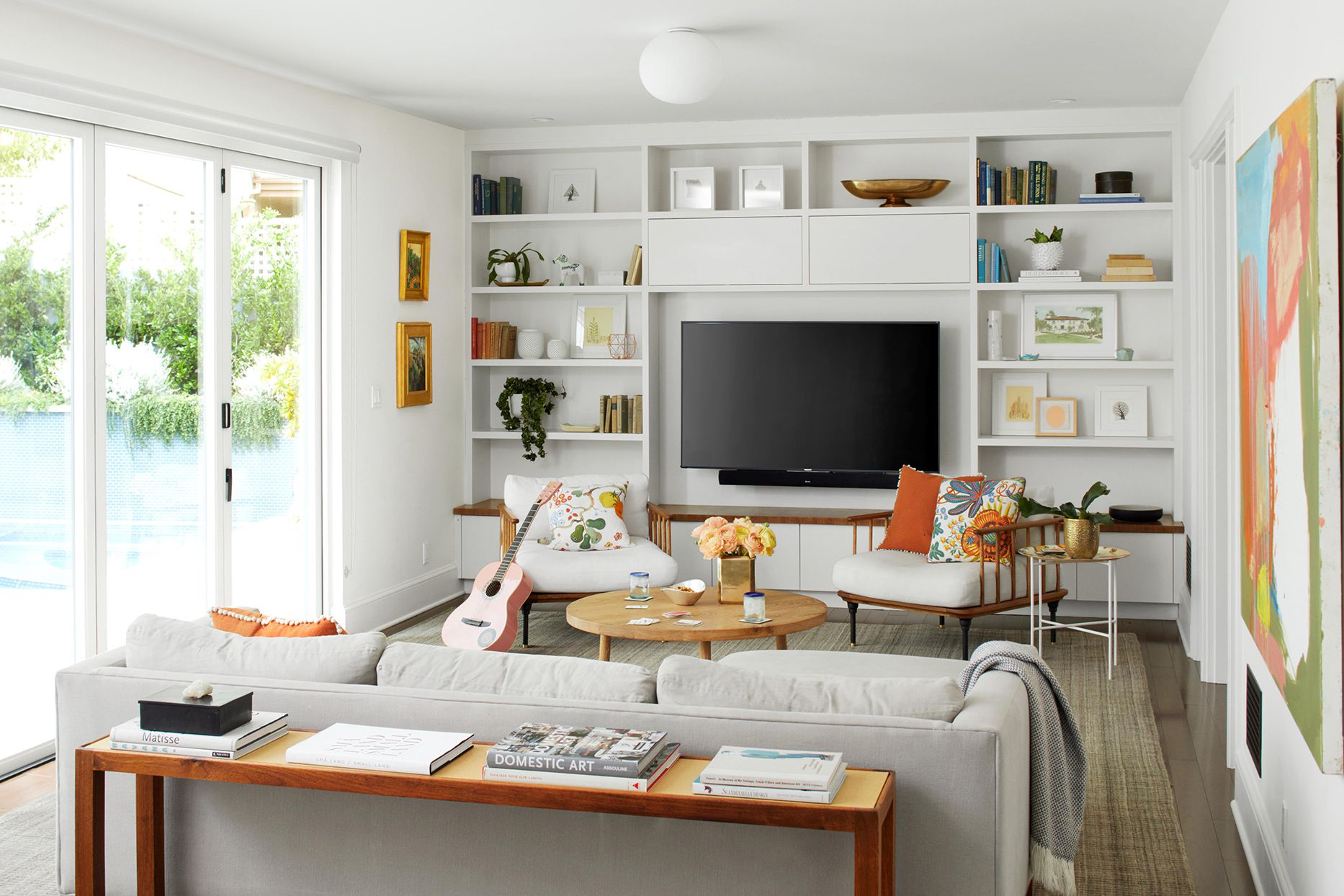
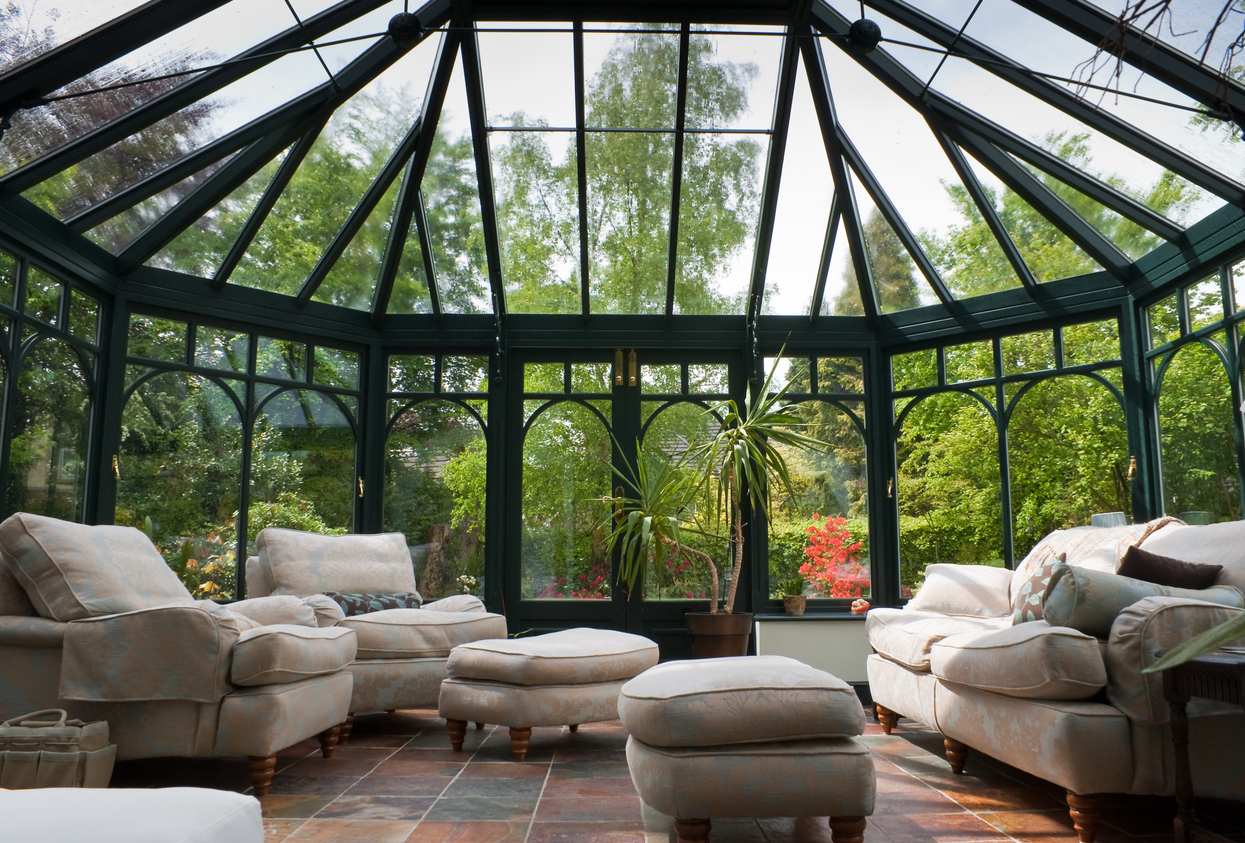
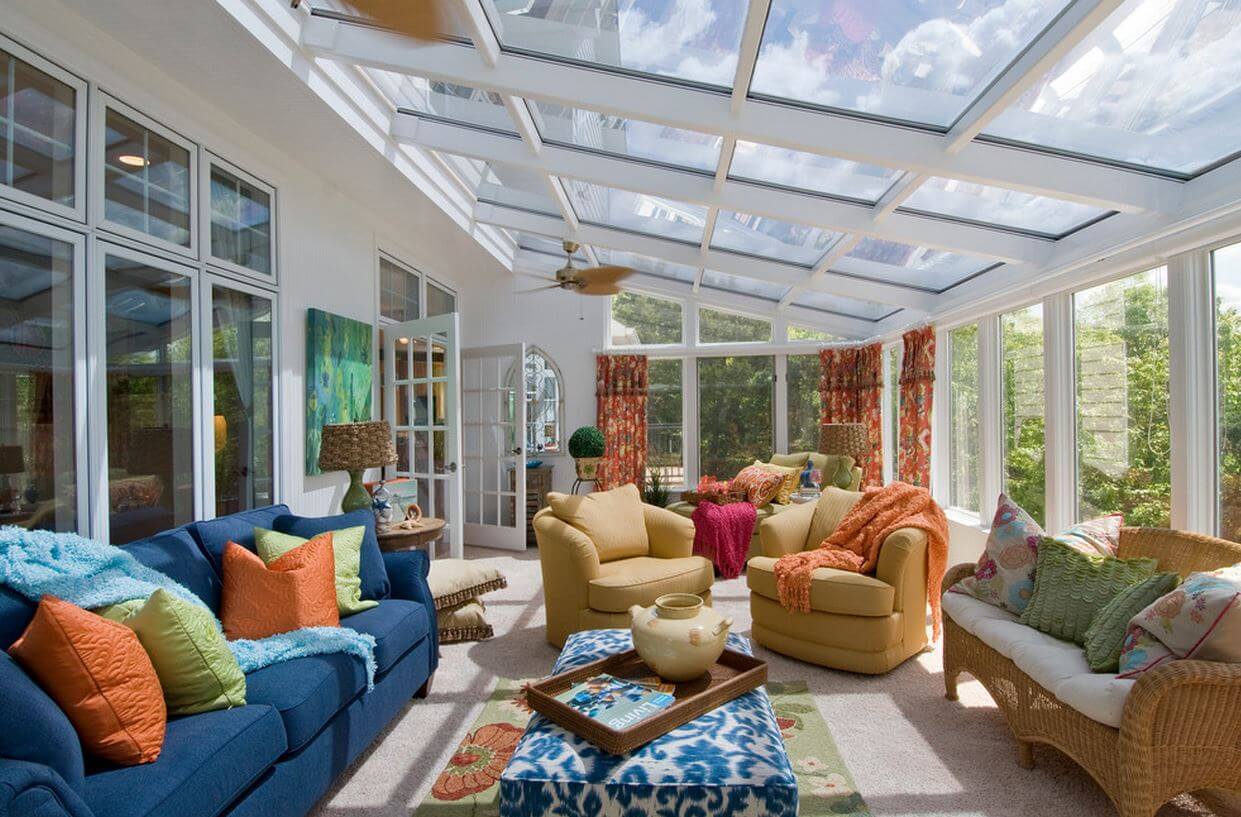
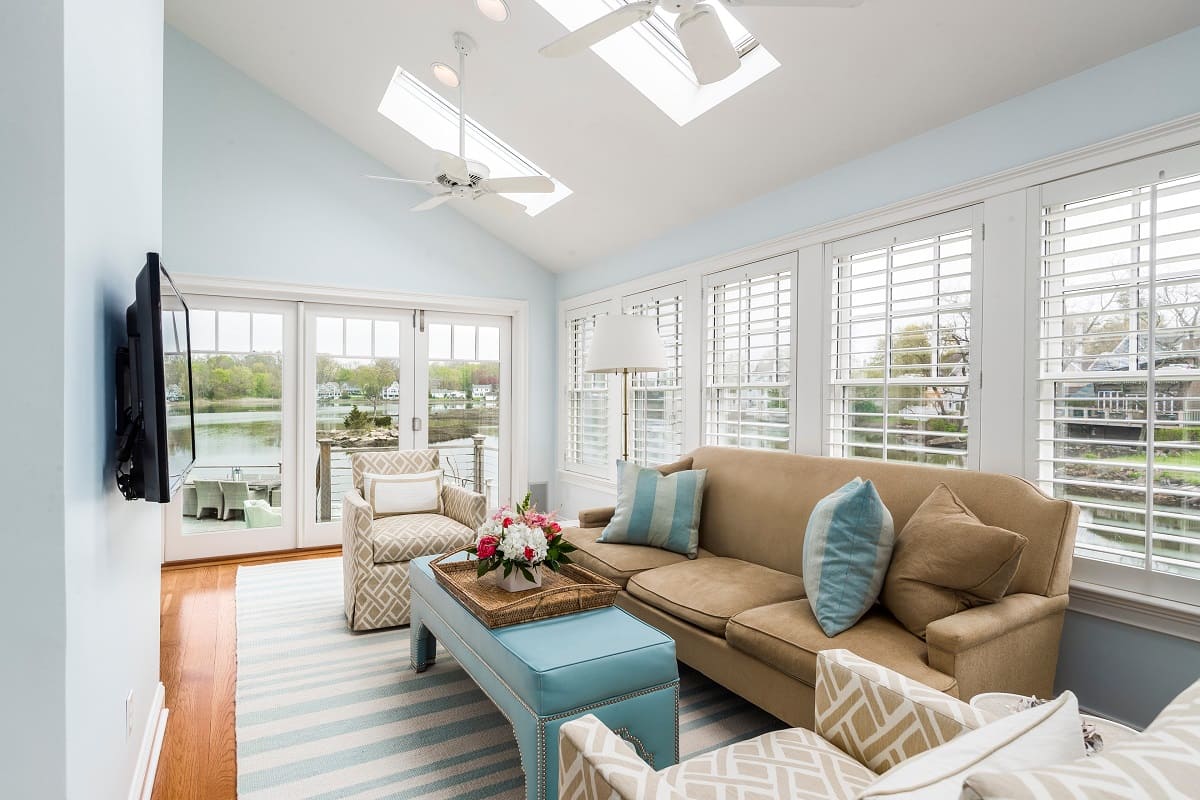
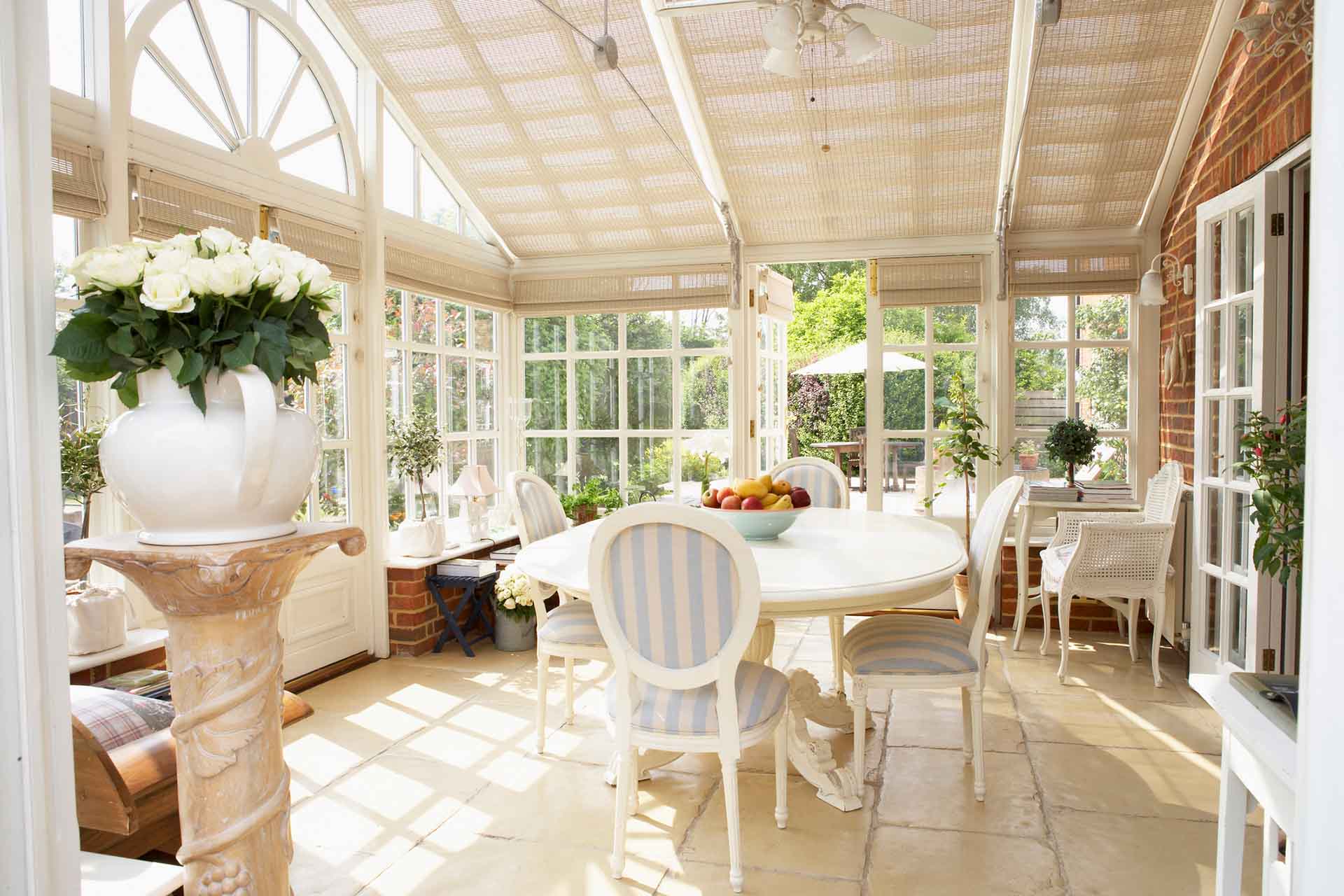
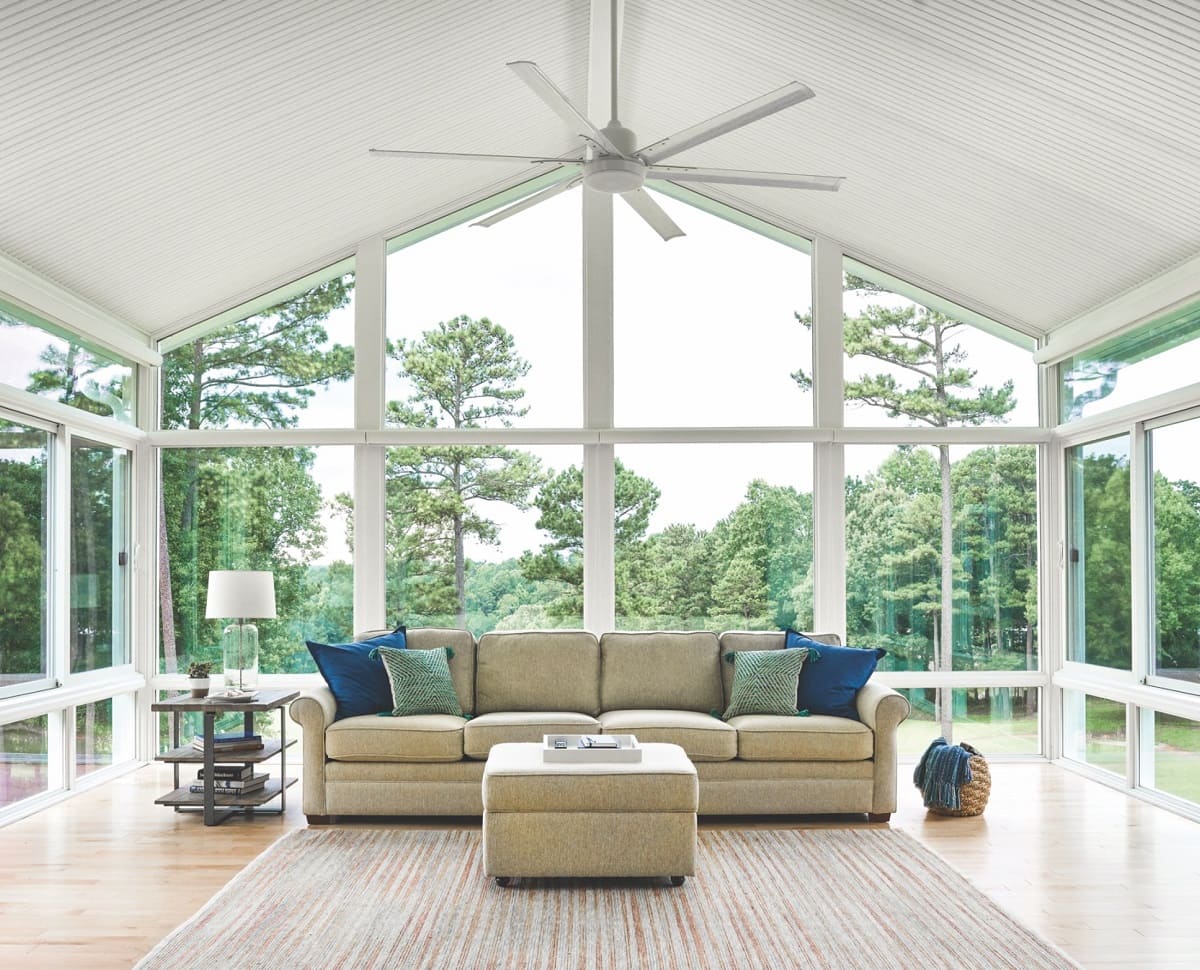
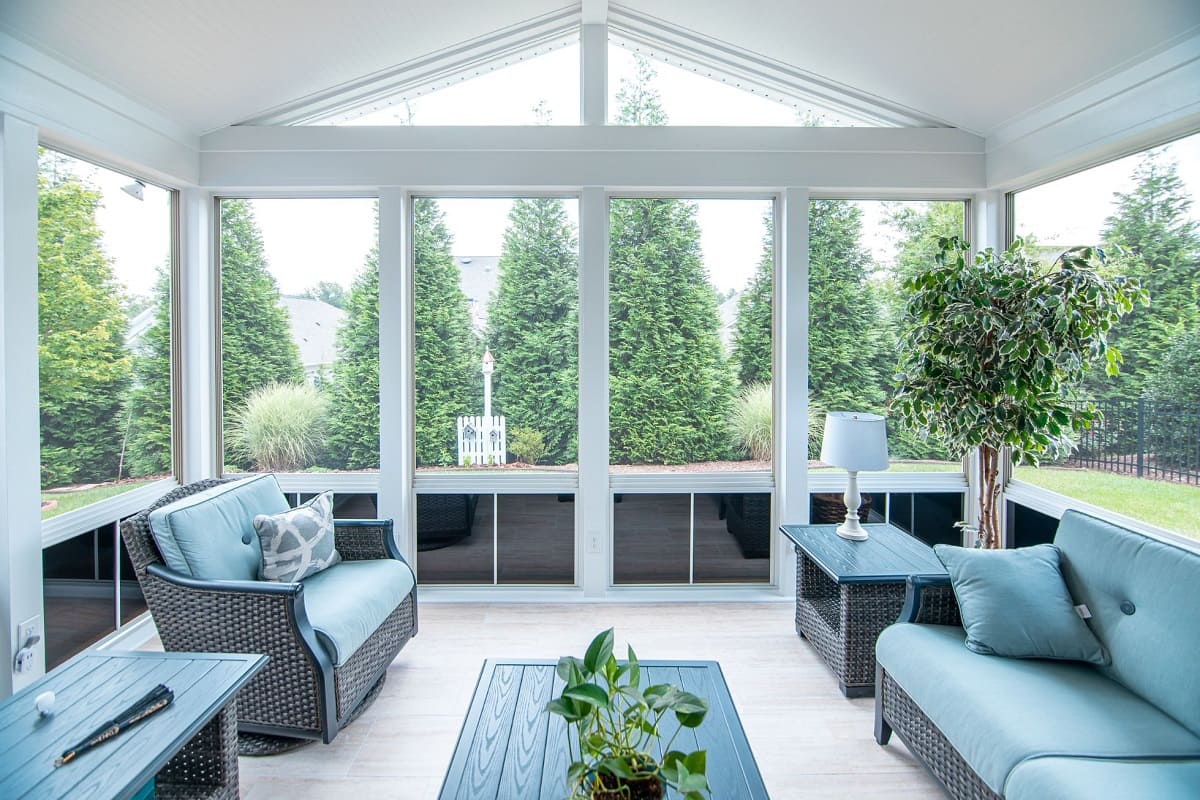
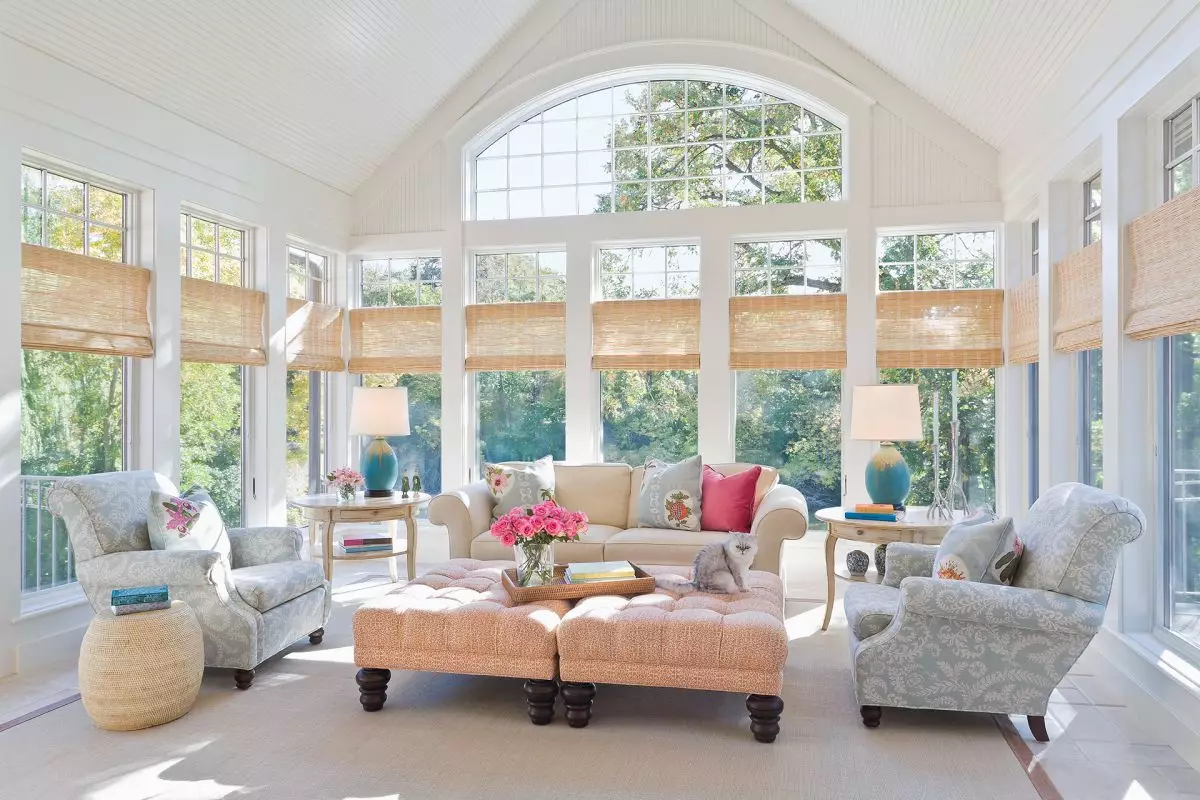
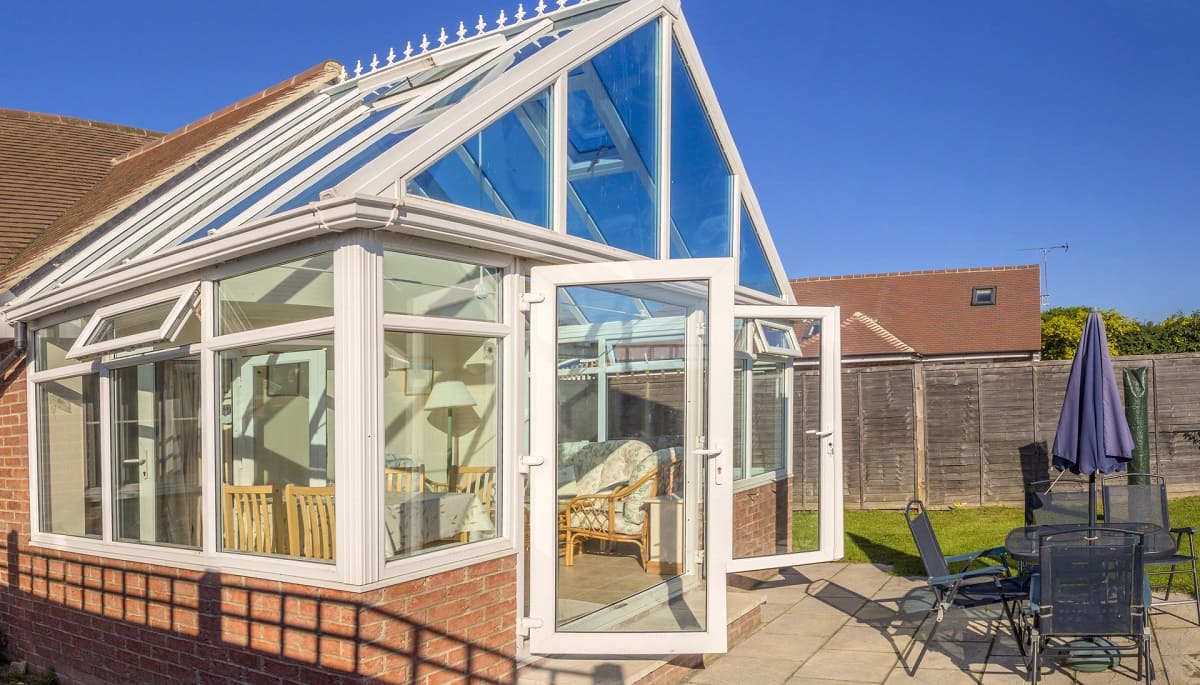
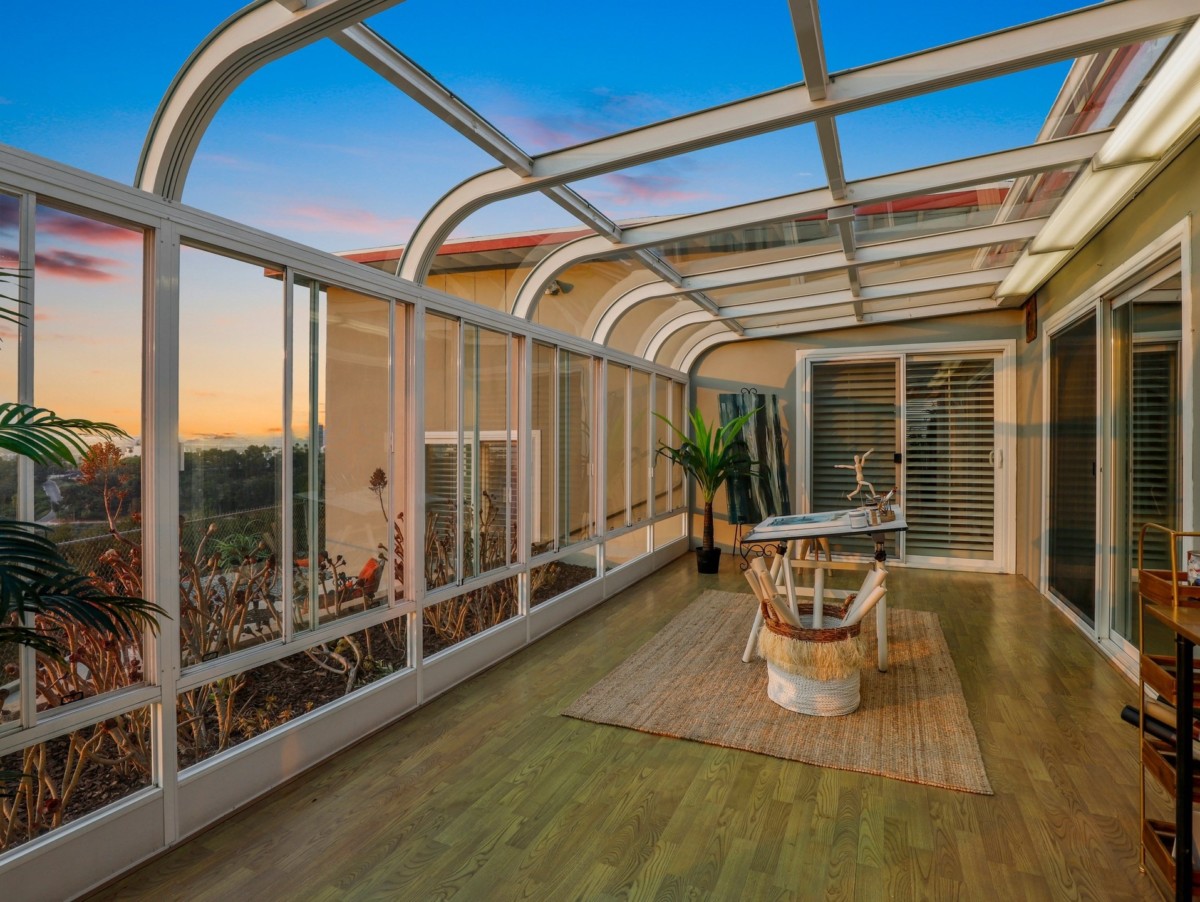
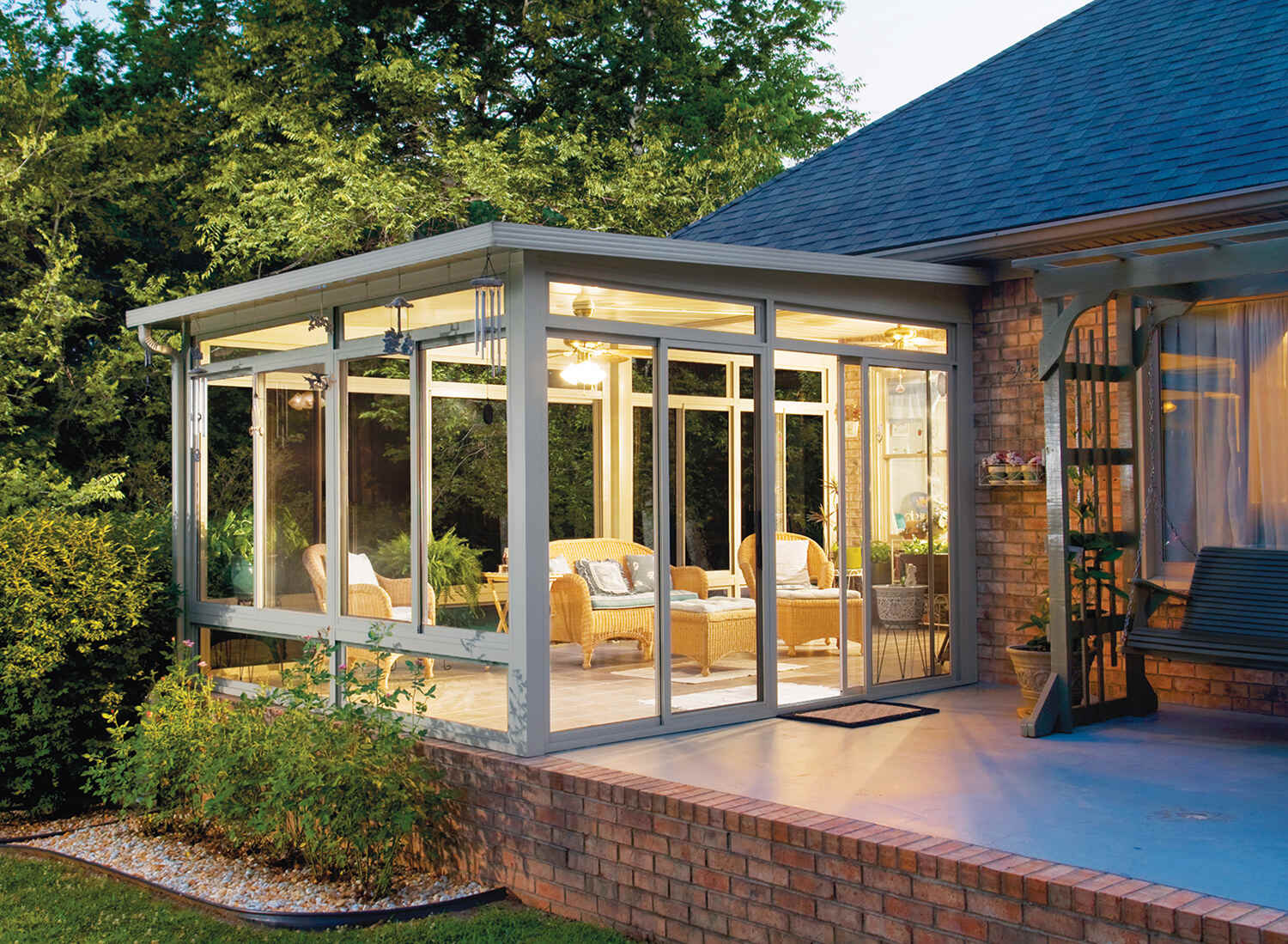
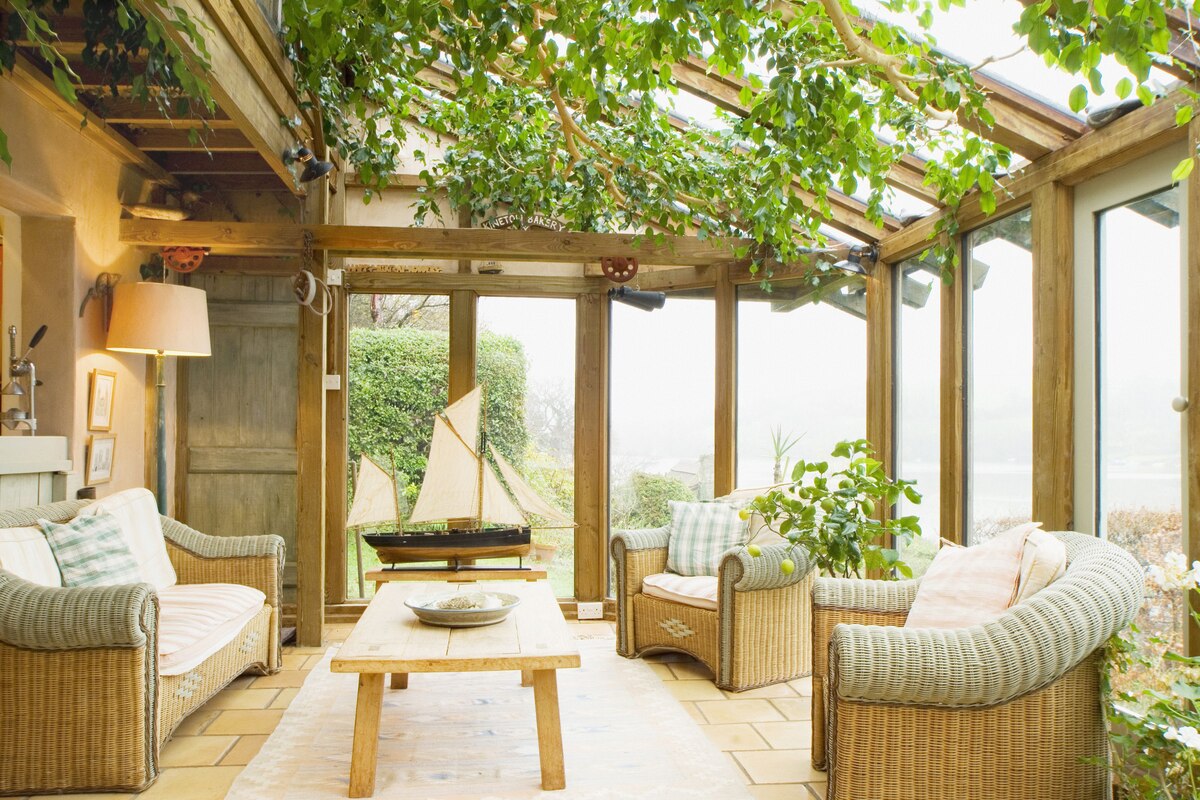



0 thoughts on “What Is A Good Size For A Sunroom”